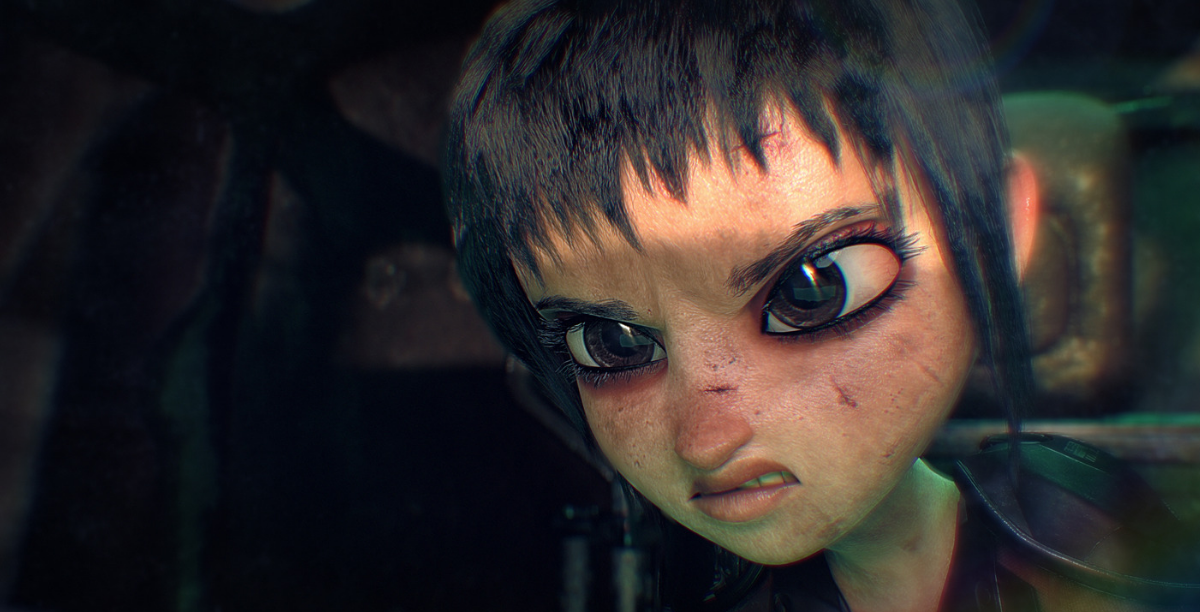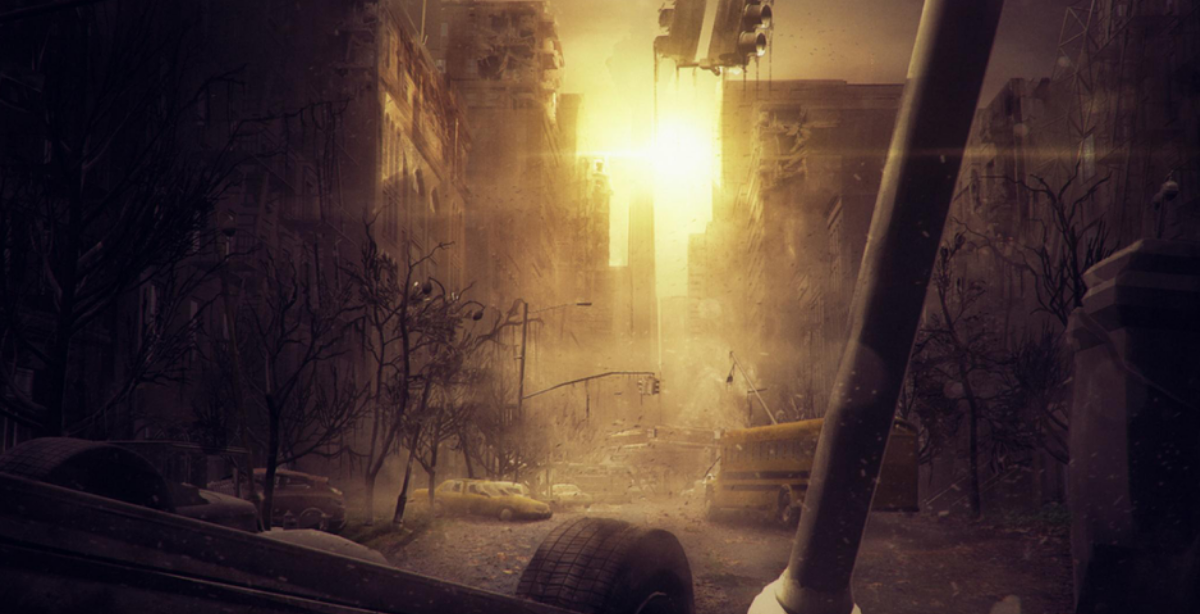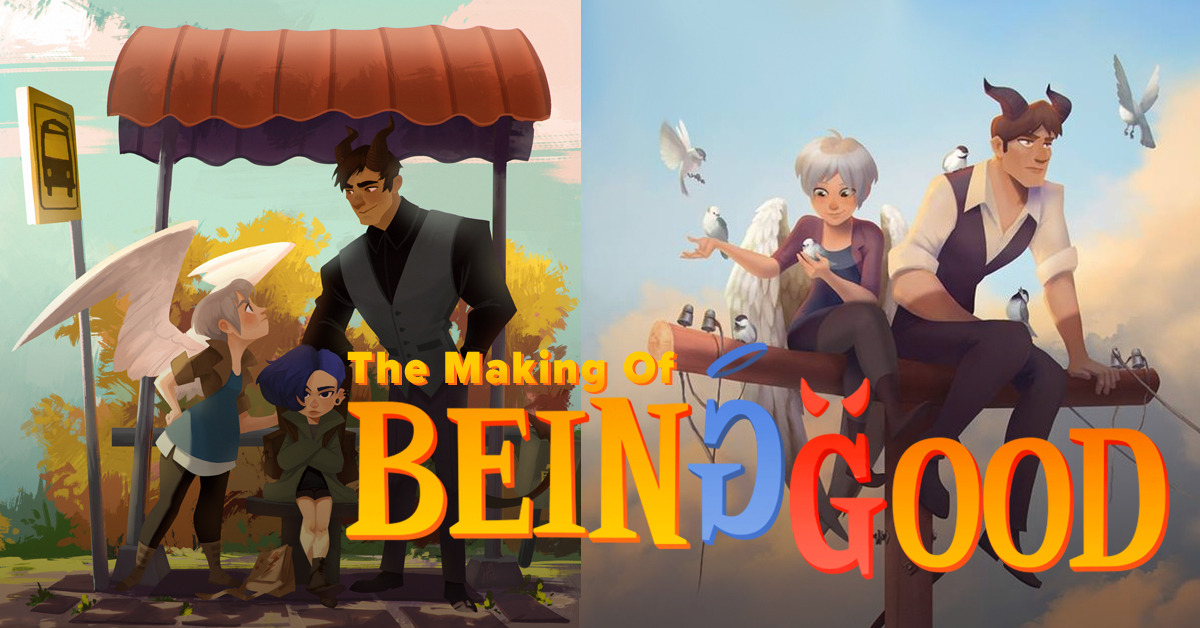5 Things I’ve learned as an independent filmmaker
By: India Barnardo
Cat and Moth started as a thirst to create something, anything. Five years later, a proper production is teetering on the top of a metaphorical snowy mountain, and I can not wait for it to snowball into a fully fledged snowman.
When I started, I thought “hey this’ll be fun, probably, mostly, definitely fun, pretty simple, really simple, easy, good old fun, bish bosh bash, done”. Oh, how I was wrong. But do you know what? It’s been a whole lot fun than I could have ever anticipated, filled with new, challenging experiences. And the best bit? Meeting a bunch of amazingly talented and passionate folk from all around the oblate spheroid in space that we live on.
Okay, so beyond the gibberish, what have I taken away from it all so far?
1.Finding humans, but not too early
I realized having even one or two people on board too early can stilt progress, which sounds counter-intuitive. I had wrongly assumed, more people would equal more progress. But people need things to do, if one part of the pipeline is still going, before said person can start their contribution, they will just have to sit around and wait. And waiting, well, who’d volunteer to do that? There’s only so much R&D one person can do before they get busy doing something else, or lose interest.
In the past, I found all the collaborators through friends. They were an incredible help, but the list was short. Artella has made that job a fraction of the stress and the list of collaborators roughly 10 billion times longer! Artella helped attract some wonderful artists to the project and I am so happy to have met these people. It really couldn’t have progressed without them. Artella has been a glorious milestone in Cat and Moth’s making.
Sometimes, however, people apply or work with us that aren’t the right fit for the role. This is the hardest part for me, and something I never anticipated, having to let someone know that it’s not working out. But in the end, it’s no good for them, the project or your team. It’s best to be honest and be as helpful as you can, give encouraging thoughts and constructive feedback. Who’s to say you won’t both be ready to work together in the future?
2. The fun stuff, paperwork
You’ve started a project willy nilly, you’ve got people involved, people have left, new people start, it’s not willy nilly anymore, it’s serious, it’s passion, everyone’s on board, it’s being made, it’s snowballing down that mountain into movie-ville, but is there anything really protecting the project and the individuals working on it?
During one of the Artella Creator Roundtables they suggested implementing a Non-Disclosure Agreement (NDA) to protect the projects. It made me realize how important is was to protect all the content we had been creating.

3. Probably get the edit a bit more finished
My plan for the animatic was to get it as shiny and finished as humanly possible, before starting anything else. In reality I think this would have stunted the creative growth of the film. It is wonderful having more eyes on the story, being able to bounce ideas around, with everyone having creative input, rather than having a completely signed off rigid edit. This has given room for organic story making and in the end I think it will be a better film for it. I would recommend having the animatic in a good place, just so there’s a solid blueprint everyone is working from.
4. Being prepared as a director
Having things to give to your team is a beautiful thing. It’s not just about sending feedback and notes, but making sure they have everything they need for them to just get on, anything from a decent file structure to the details of a texture on a door knob. Whatever they need that can get the job done.

5. Have meetings!
Online meetings are a really great way to gather a team from across the world together to meet one another, and that means there is less chance of misinterpretations of notes! It’s a great way to get everyone to feel like they are part of the same team and working together to create something great. If you have a larger team, separate meetings for departments is a good way of keeping things focused, and not wasting everyone’s time. Then having overall production meetings at big milestones during production. Well that seems to work the most efficiently anyhow.
Get back to me in a few months when I have learnt more and this list will be hundred times longer. It was already pretty hard keeping this succinct, and yes, this is the succinct version.
Thanks for reading, and good luck with whatever endeavor you take on, and most importantly, enjoy it!

Be sure to check out Cat and Moth on Artella. They are currently looking to fill roles in texturing/surfacing, look development and sound design. You can see more of her work via her personal website here.






